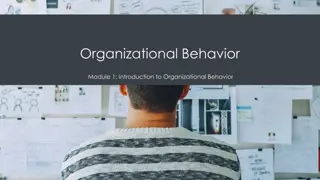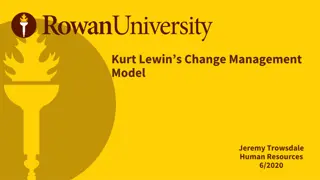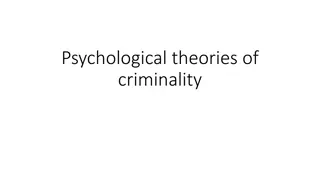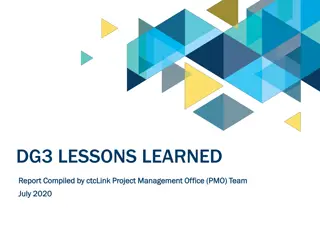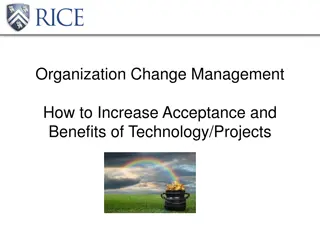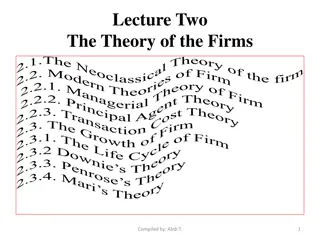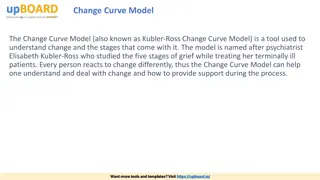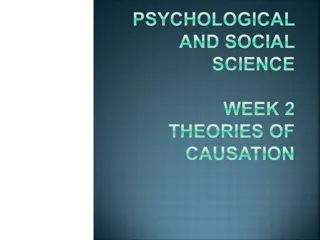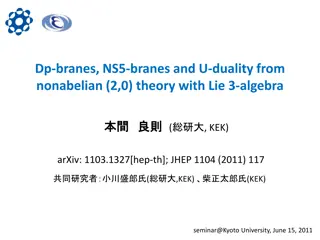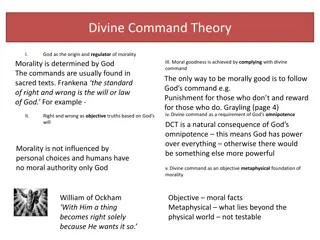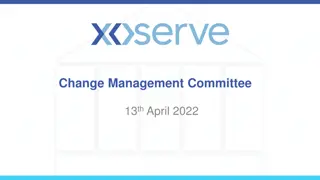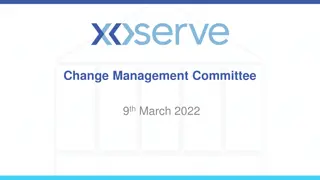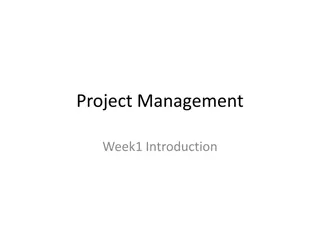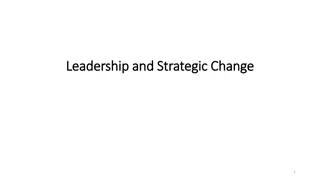Theory of Change in Project Management
Project-specific theories of change are essential in articulating the goals and logic of a project, explaining how change is expected to occur. They involve careful thought and delineate the underlying assumptions and context of change. These theories, though generally not published, provide a roadmap for project teams to achieve their objectives. Additionally, formalized change theories drawn from various disciplines offer valuable insights into understanding and implementing effective change strategies.
Download Presentation

Please find below an Image/Link to download the presentation.
The content on the website is provided AS IS for your information and personal use only. It may not be sold, licensed, or shared on other websites without obtaining consent from the author.If you encounter any issues during the download, it is possible that the publisher has removed the file from their server.
You are allowed to download the files provided on this website for personal or commercial use, subject to the condition that they are used lawfully. All files are the property of their respective owners.
The content on the website is provided AS IS for your information and personal use only. It may not be sold, licensed, or shared on other websites without obtaining consent from the author.
E N D
Presentation Transcript
A theory of change* is... Project-specific, created and used by the project team (generally not published) Articulation of the goals and logic of a project A process and a product, involving careful thought and articulation of how a particular project is actually supposed to make change happen, including underlying assumptions and the specific context of change *Theory of change, logic model, outcomes map share similarities 2
Theory of change diagram (simplified) Rationale and Rationale and assumptions assumptions - how does change actually happen (implicit and explicit ideas) Indicator 2 Indicator 1 Long- term goal Short- term goal A Context of change Context Context - parts of a system & interrelationships Intervention 1 Rationale & Assumptions: How short-term goal B leads to long-term goal Indicators Indicators - metrics of progress Intervention 2 Short- term goal B Interventions Interventions - steps taken to achieve goals 3
Theory of change is... Change theory is . Formalized theory, often from psychology, business management, higher education, and other disciplines Project-specific, created and used by the project team (generally not published) Articulation of the goals and logic of a project Generalizable beyond a single project A process and a product, involving careful thought and articulation of how a particular project is actually supposed to make change happen, including underlying assumptions and the specific context of change Research-based and published A framework of ideas, supported by evidence, that explains some aspect of how or why change in STEM higher education occurs 4
A few change theories potentially relevant to undergraduate STEM education 4I organizational learning framework Teacher-centered systemic reform model Systems theory Readiness for change framework CACAO change model Innovation- decisions model Four frames model Expectancy value theory Theory of planned behavior Communities of transformation Appreciative inquiry
Formalized change theory can inform a project s theory of change Innovation-decision model (explains what influences individual adoption of new practice) Appreciative inquiry (Provides an overarching stance toward strengths rather than problems) Four frames (conceptualizes culture) Project s theory of change



